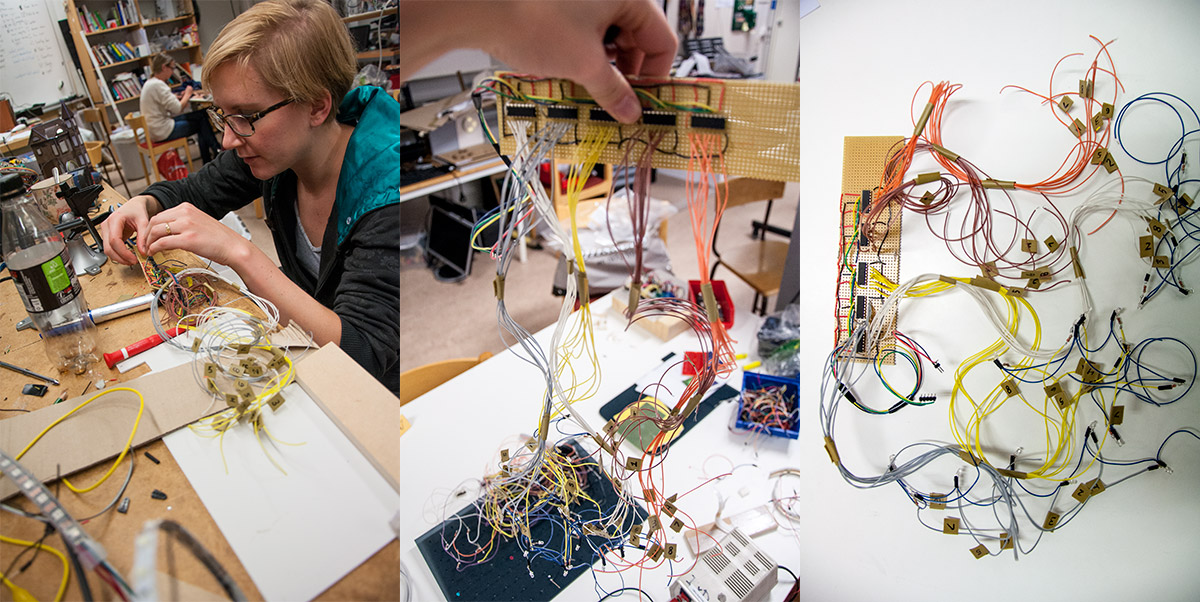Reimagining the future of mobility by blurring the transition between driving and riding through sound and memory
Focus Shift is an experience prototype exploring new ways of communicating external environmental conditions to a driver or passenger within an automotive interior. The project was in collaboration with Bang & Olufsen with the goal of creating a more cohesive magical experience within the future of engaging mobility.
This project took place in 2013 at Umeå Institute of Design with project team member Ernst Hellby in collaboration with Bang & Olufsen. Concept design was a join collaboration, Ernst was responsible for the transportation design, and I was responsible for the working experience prototype (Processing, Arduino, Soldering, After Effects).
Overview
The project brief from Bang & Olufsen asked us to explore the future of engaging mobility and create a magical experience relative to the company’s values. My teammate and I decided to investigate the relationship between the driver and vehicle within autonomous cars, and explore methods of blurring the transition between driving and riding.
Isolated Roles: Within autonomous cars there is a clear division between driving and riding, separated by a conscious decision and physical action.
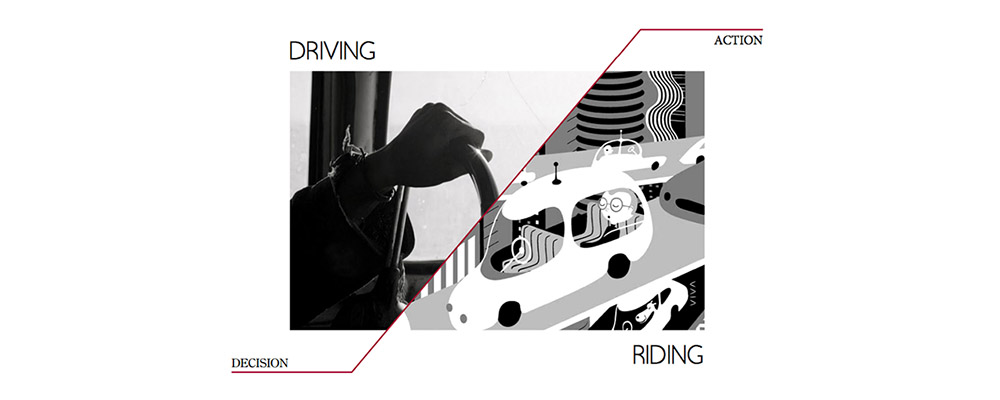
Divided Control: The isolation of roles creates a division of control between the two modes: when driving, the individual is in control; when riding, the vehicle is in control.
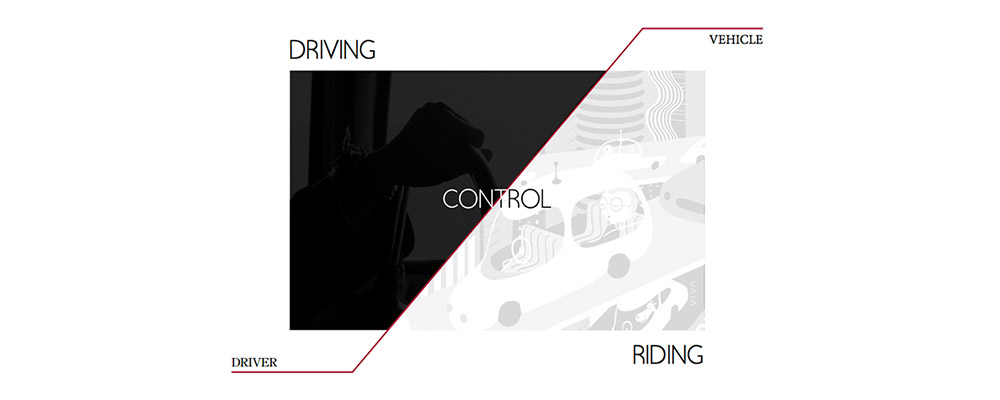
Blurred Bounds & Seamless Transition: Within this envisioned divide, we aim to provide the individual control, or a sense of, when driving or riding while blurring the transition between modes. This seamless transition between driving and riding is established through a new relationship between the driver and vehicle.
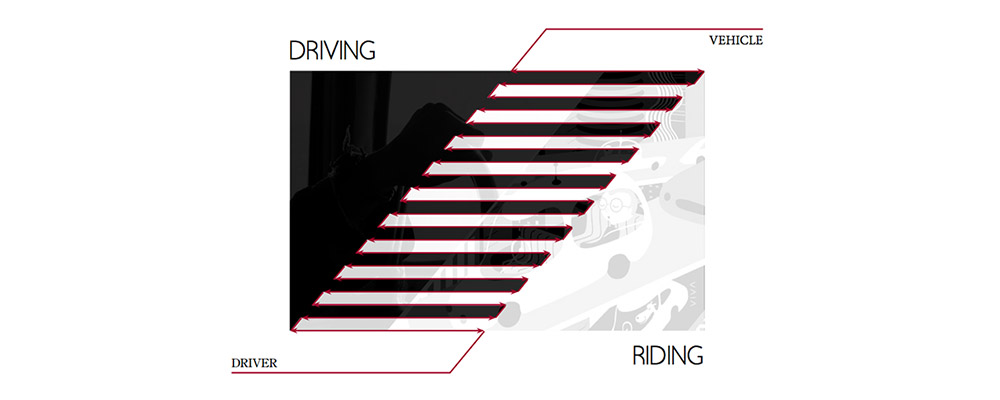
Focus Shift: In which the vehicle observes both the driver’s focus and the external environment. And the driver always maintains the ability to actively operate the vehicle, whether driving or riding.

System Modes: This relationship results in four system modes within the vehicle interior, defined by the driver’s choice of interaction, or lack of, and the vehicle’s sound and visual response to the driver and environment.
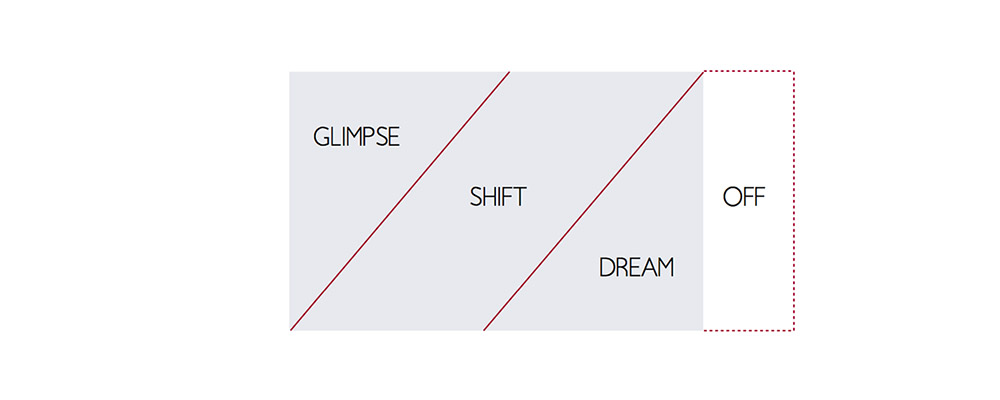
Sound & Memory: These four modes are rooted in research on the relationship between sound and memory, in which sound is explored as a potential trigger and memory as a potential outcome.
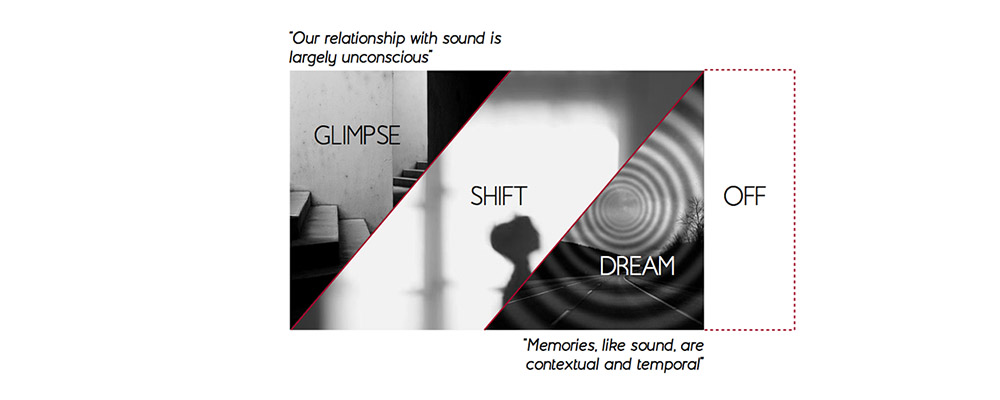
Glimpse: When actively driving in the first mode, the vehicle provides momentary glimpses of future environmental conditions, in the form of sound and visuals, to aid the experience and knowledge while driving.
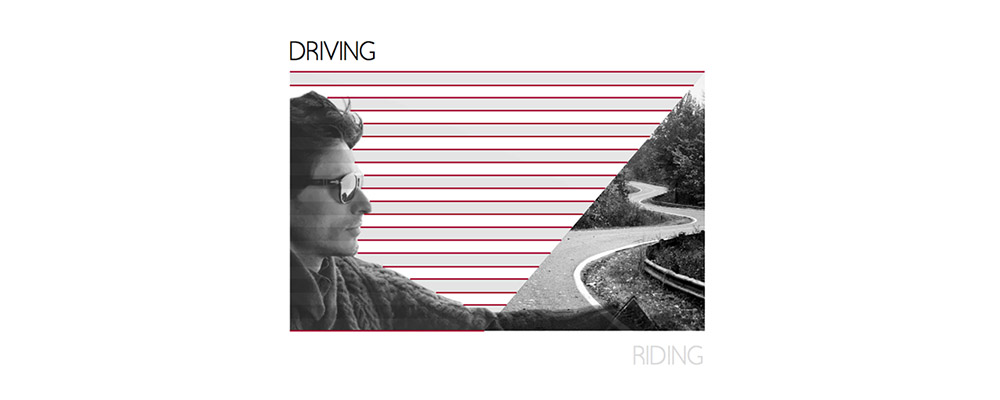
Dream: Yet if the vehicle senses a lack of focus, the sound and visuals transition into a prolonged Dream-scape. The Dream is initially based on environmental surroundings, but as the driver gradually transitions to a rider, it can be manipulated and explored. The driver is now a rider in control of interior vehicle context.
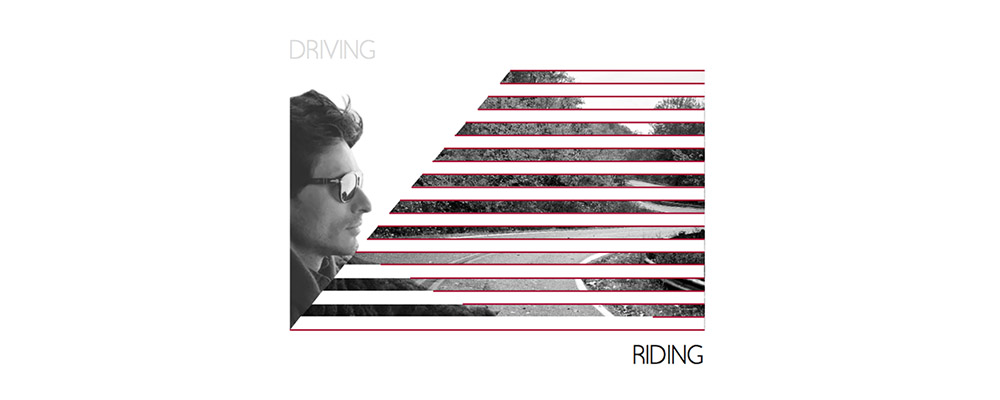
Result
Focus Shift is an exploratory interior that monitors the driver’s focus via eye tracking software in the steering wheel, and communicates relevant information to the driver’s peripheral vision via the headrest. If the driver is focused, the headrest projects upcoming external environmental conditions, such as a sharp curve ahead. If the driver is not focused, the headrest projects a visual soundscape relevant to listening preferences. If the driver’s focal point changes, the headrest adapts the projected information.
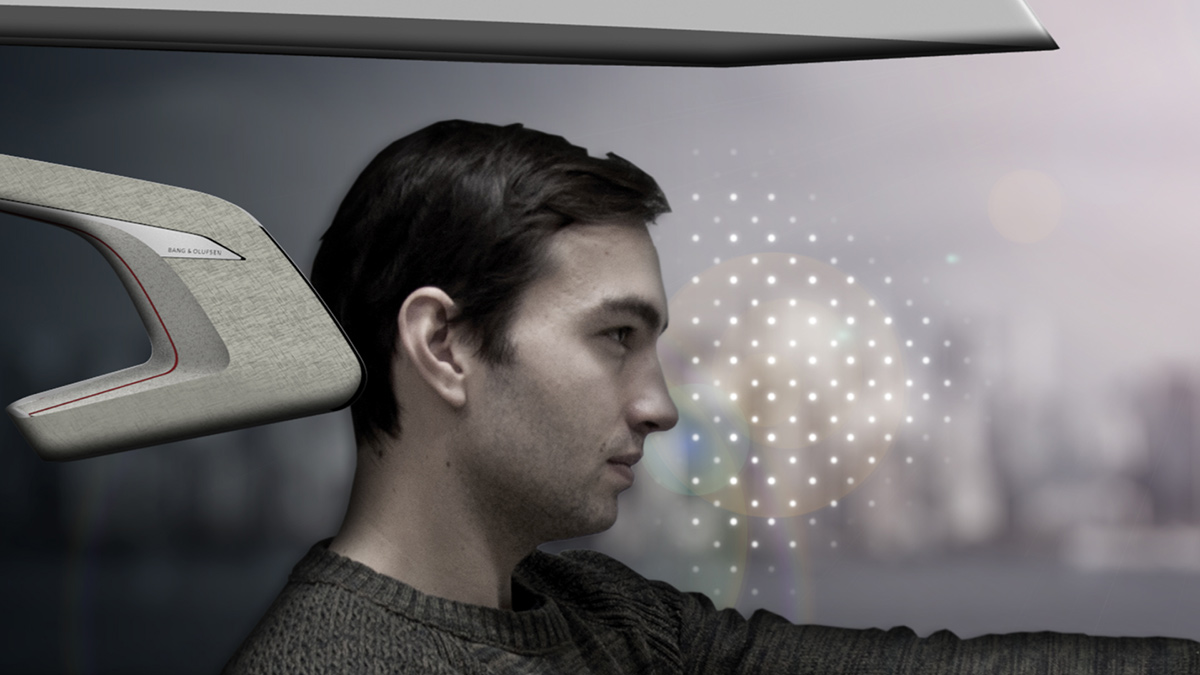
Prototype
A significant portion of our time was spent prototyping and testing possible visual communication from the headrest. These explorations led to our final working experiential prototype, in which my partner designed and fabricated the headrest model, and I design and constructed the technological components and visual display.
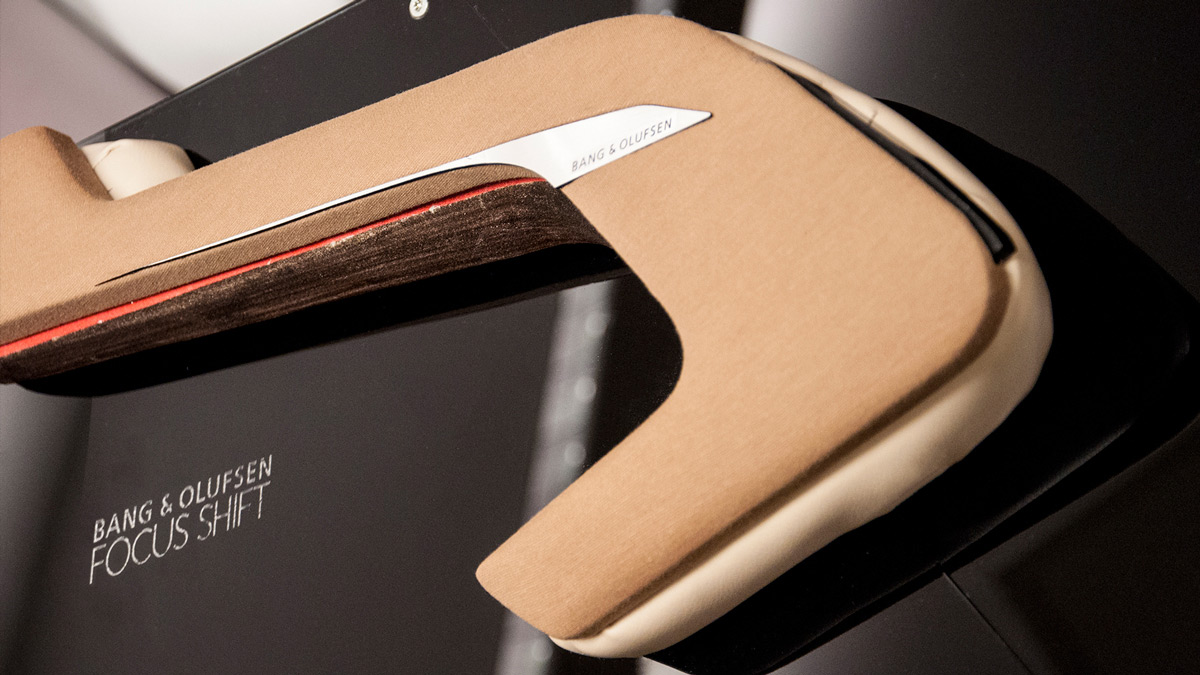
For the final prototype I built a custom LED matrix that uses a series of six shift registers to allow individual control over each LED. Within Processing I coded various patterns that were sent to the LED matrix to simulate potential information projected by the headrest to the driver’s peripheral vision. Based on extensive lo-fi prototype testing of different mediums and types of information, the matrix displays basic environmental conditions such as curve ahead, speed up and turn right.
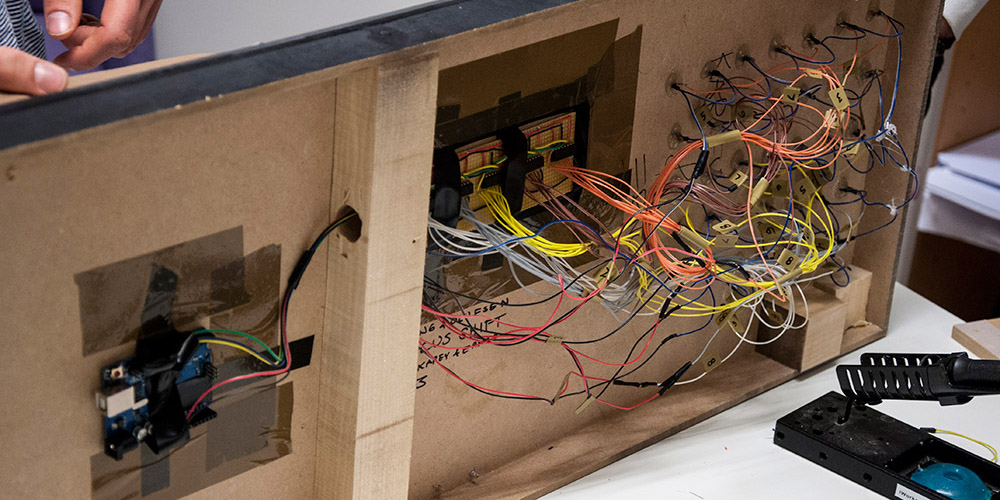
Process
Our process begin with investigating the future of engaging mobility and brainstorming what makes a magical experience. This lead to research regarding sound and memory, and the relationship between the two. Looking into specific types of memories, including short term, echoic, deja vu and glimpses eventually landed us at focus, as an interesting ever changing mental operation during the automotive experience.
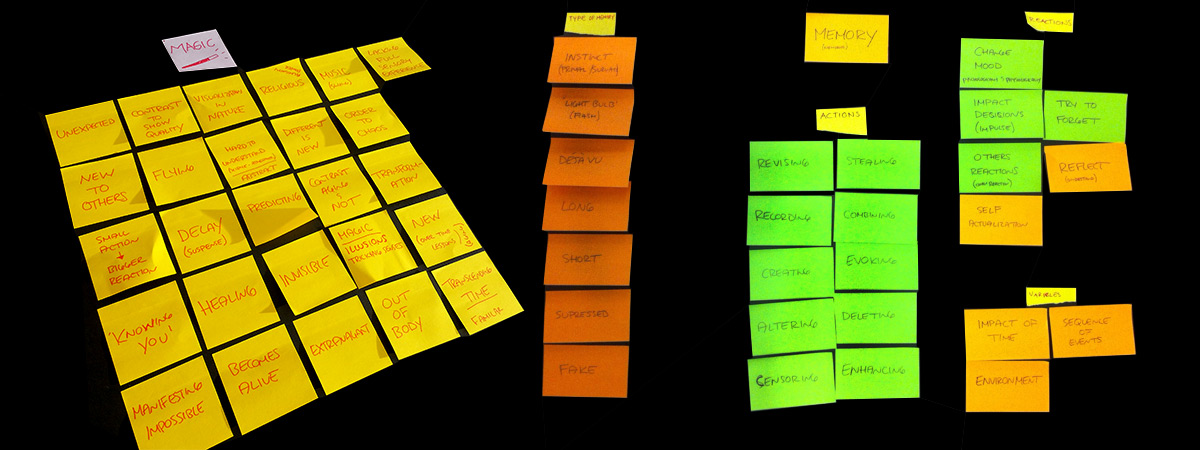
We also created an aspirational user to design and test for based on research into Bang & Olufsen:
Focus Shift is for the American Bobo – the Bohemian Bourgeois – a member of the new enlightened elite who is fiscally conservative but socially liberal, has corporate success but creative rebellion, and believes in individual autonomy with meaningful consumerism. And within all his dualities, he also wants to take part of the autonomous car revolution while maintaining the ability to drive. As he transitions between his Manhattan apartment to his Lake Placid fishing cottage, his driving experience shifts with his state of mind. He is the Bang & Olufsen aspirational user – appreciates the subtle moments and refined details – and desires a more holistic interior environment that can provide a cohesive magical experience while embracing the future of engaging mobility.
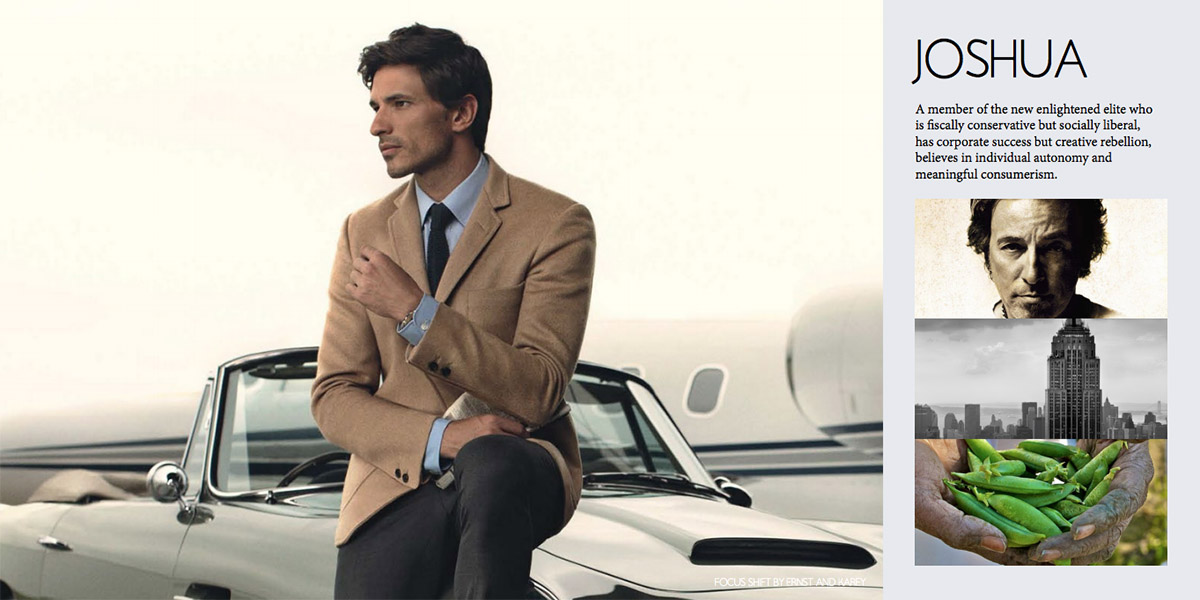
As we moved into initial prototypes and user testing, we first created dynamic visuals in Processing (mov) and Photoshop (GIF) peripheral glimpses of both real and abstract information to test on both ourselves and others.
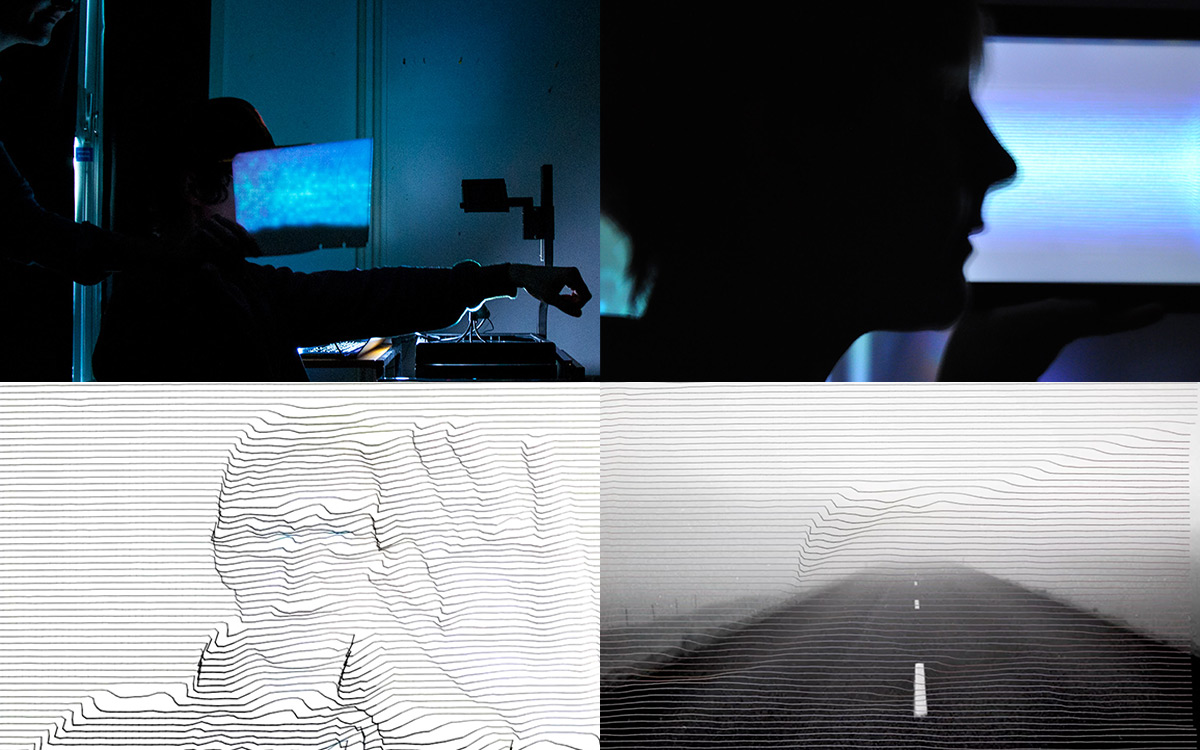
As the final prototype required many components, I first created a working test prototype as it was my first time using shift registers to control patterns within a 2D array of LEDs. For the final prototype, I replicated the test prototype with a rigorous labeling and color coding system to keep track of all components. Though tedious, this proved to be a crucial use of time as a handful of LEDs stopped working hours before the presentation due to a poorly soldered pin connection.
